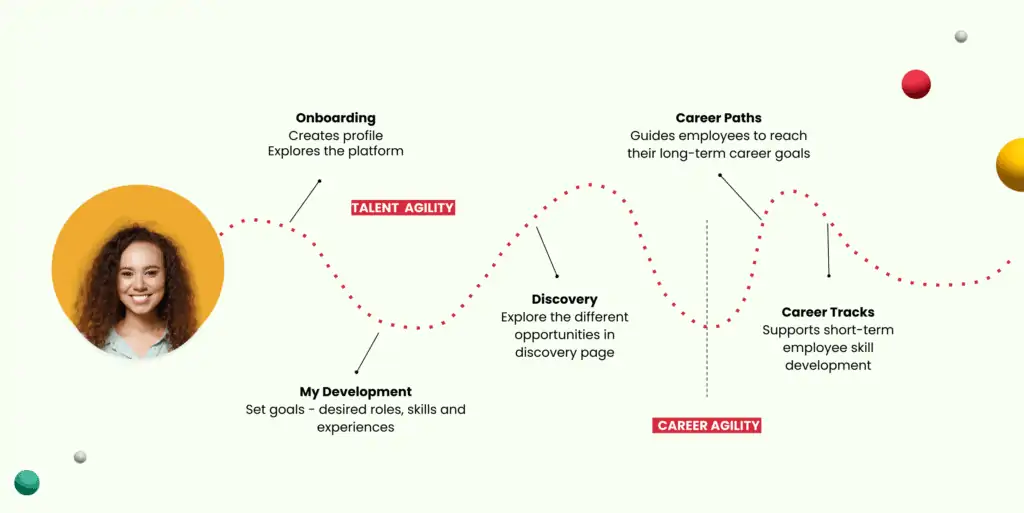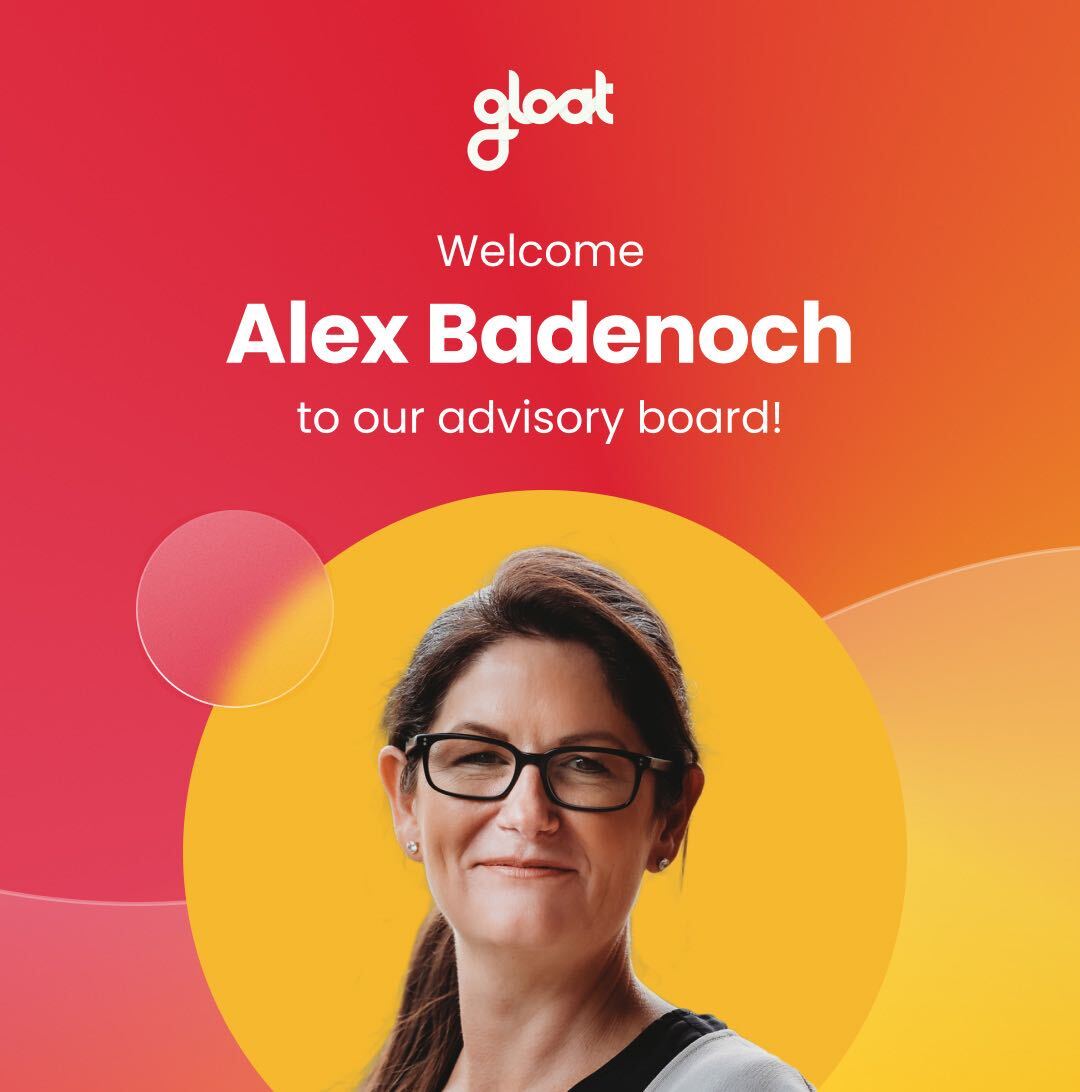An inside look at Career Planning: From the designers who brought it to life
The design choices that turned our vision into a reality

We make 35,000 decisions each day. Many are inconsequential, like what to wear or which route to take home. But some choices really matter, and career decisions are a perfect example of that. They don’t just influence our lives; they impact our families, our friends, the future colleagues we might have, and the prospective partners we could work with.
As Product Designers, we’re no strangers to making decisions with consequences. A big part of user experience comes down to the choices we make. And when we’re designing technology that empowers people to advance their careers on their own terms, these decisions carry even more weight.
Last week, we announced the launch of Career Planning, a product that challenged us to delve into how people navigate career crossroads, and the tools we wished we had for our own development. Now, we’re taking some time to reflect on the design decisions we’ve made, the reasoning behind them, and why we believe these choices are going to give us all the tools and guidance we need to make career decisions with confidence.
The Starting Point
Today, Career Planning includes Paths and Tracks that support employees in both their long-term and immediate career planning. But before we could even get to these concepts, we had to start by asking questions: How do people navigate role changes today? What does their process to discover jobs look like? And what barriers do employees face when they’re searching for internal roles?
Ultimately, we realized that people need facts to make good decisions. But employees, especially those at large organizations, don’t always have visibility into the full picture. We might be missing some of the opportunities for projects and gigs that can help us develop the skills we’re looking to build, and we might not know about a role in another department that aligns with our interests and ambitions. And even if we’re aware of it, we probably don’t know what steps we should take to transition into that role.
We designed Career Planning to change that. We wanted to give people the transparency they need to make informed decisions about their next steps. Since our Talent Marketplaces already collect a wealth of data about employees and their workplaces, we set out to find a way to balance this information with some practical guidance to help people carve their own paths forward.
The Vision
Workplace technology needs to be more than functional; it should be just as engaging and beautiful as the consumer apps we know and love. That was the standard we set for Career Planning and we knew we’d need to focus on personalization to get there.
We’ve all gotten used to product recommendations based on our purchase history and movie suggestions that are informed by what we’ve been watching. To do something similar for careers, we needed to make sure recommendations aligned with an employee’s goals and the structure of the organization they work for. So our AI harnesses insights from the information within our Talent Marketplace to tailor offerings to the end-user, ensuring people see career paths that are relevant to their company, their current role, and their ambitions.
The Approach
Streamlining and simplification were top priorities. Our careers can go in so many different directions, so we wanted to present these possibilities in a way that felt personal and relevant.
Since there are also different kinds of decision-makers, we wanted to create something that would work for everyone. Some of us are very intentional; we know exactly what kind of job we want, we just need the tools to get there. And then others are free-spirits who might need more step-by-step guidance.
That’s why we created two ways to use Tracks. There’s a Generated option, which presents employees who are looking for a little more direction with an AI-populated track based on the skills gaps that they need to bridge to reach their desired role. And then there’s also a Self-Led choice, which allows users to pick which skills they want to build and improve, and then receive suggestions for opportunities to develop those capabilities.
Similarly, we understood that some people are looking to branch out, while others want to progress in their current domain, which is why Career Paths includes Popular, Desired, and Management options, so we can meet users where they’re at.
The Evolution
Sometimes, arriving at the best decision requires multiple perspectives. We wanted to create something truly user-friendly, and that meant we needed opinions from actual end-users.
We saw a lot of initial excitement when users began delving into their career options. However, we noticed early on that a few people were struggling as they went through the process of designing their own track without really understanding how their decisions would come together. It was almost like watching someone try to build a Lego piece without seeing what the final picture should look like on the box. So we encouraged these users to work backwards, to start exploring with Career Paths to identify their dream roles. Then, they could use Tracks as building blocks to see what kinds of steps they might need to take to get there.
Once that clicked, it was inspiring to watch users run with it. They started seeing the current functionality and immediately asking questions about what else they could do with it. We knew we were striking a chord with them, and that has encouraged us to start thinking about future innovations, so make sure to stay tuned!
Now that our design decisions for Career Planning have come to a close, it’s our users’ turn to sit in the driver’s seat. We’ve created the Lego parts and we can’t wait to see the incredible career progressions that will be built with them!







